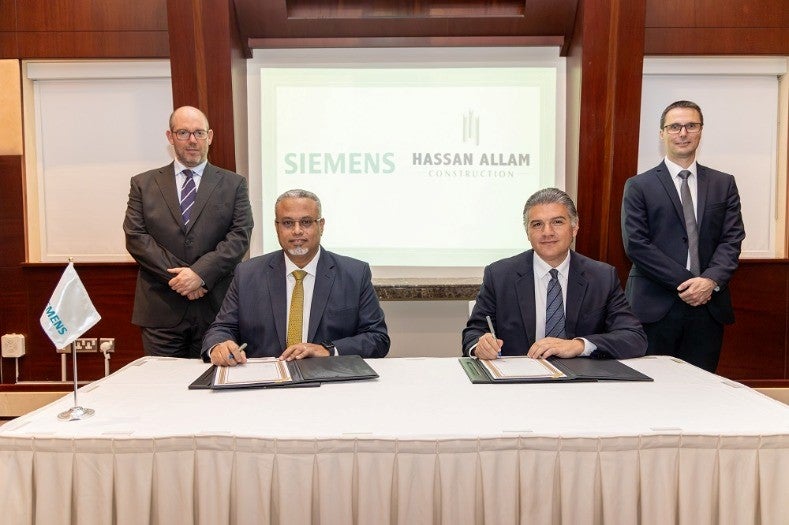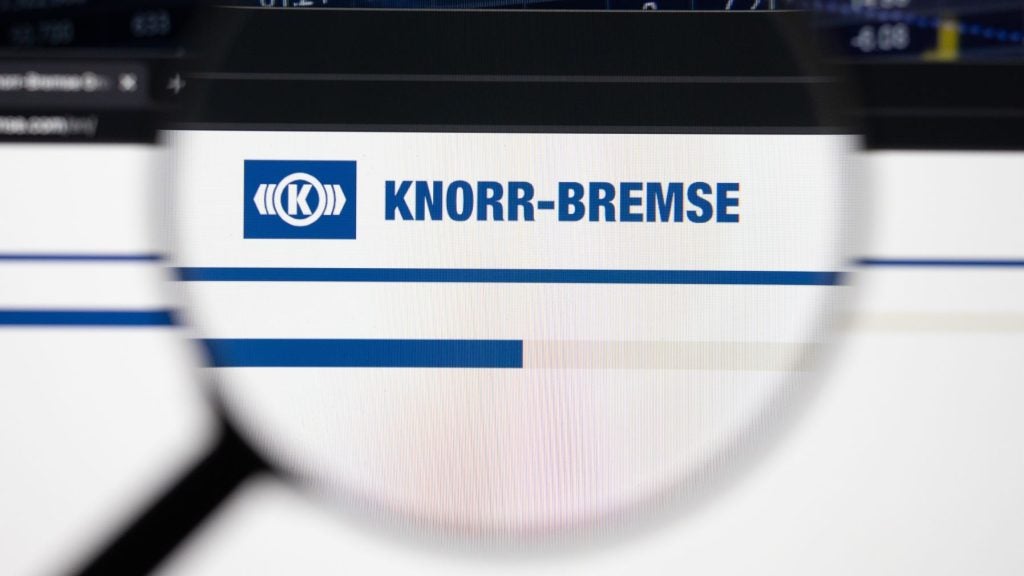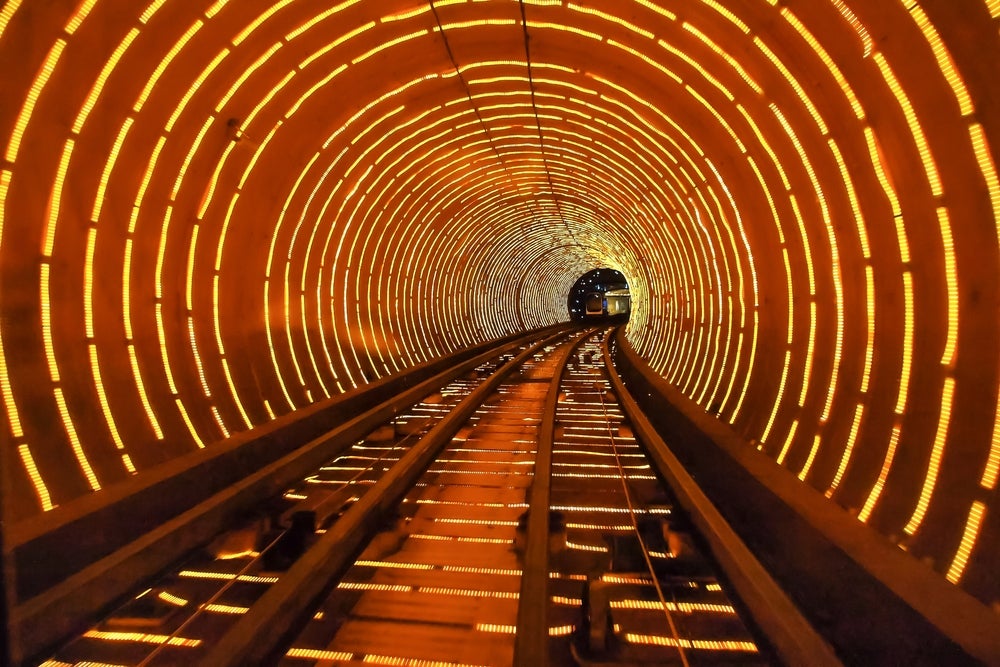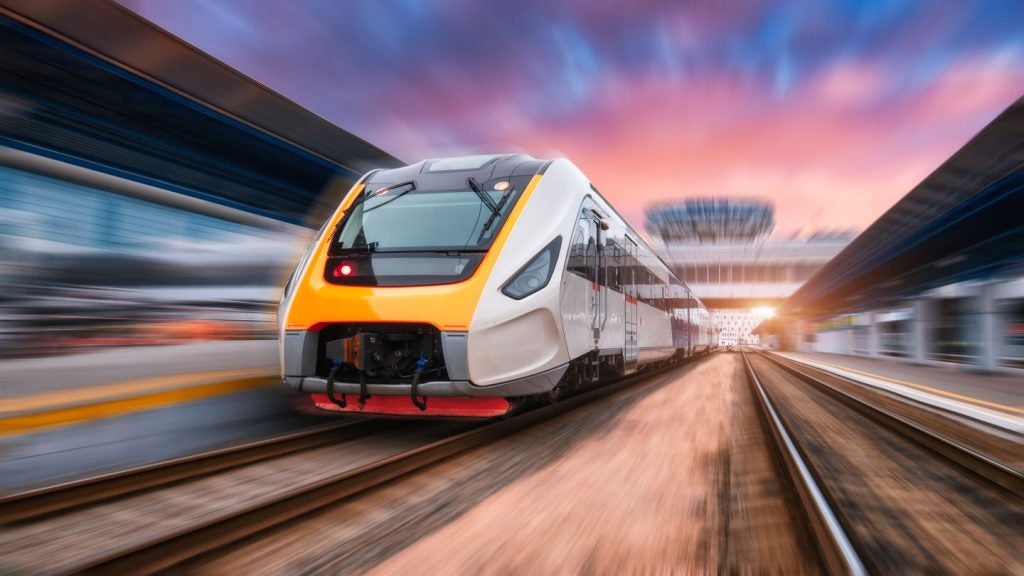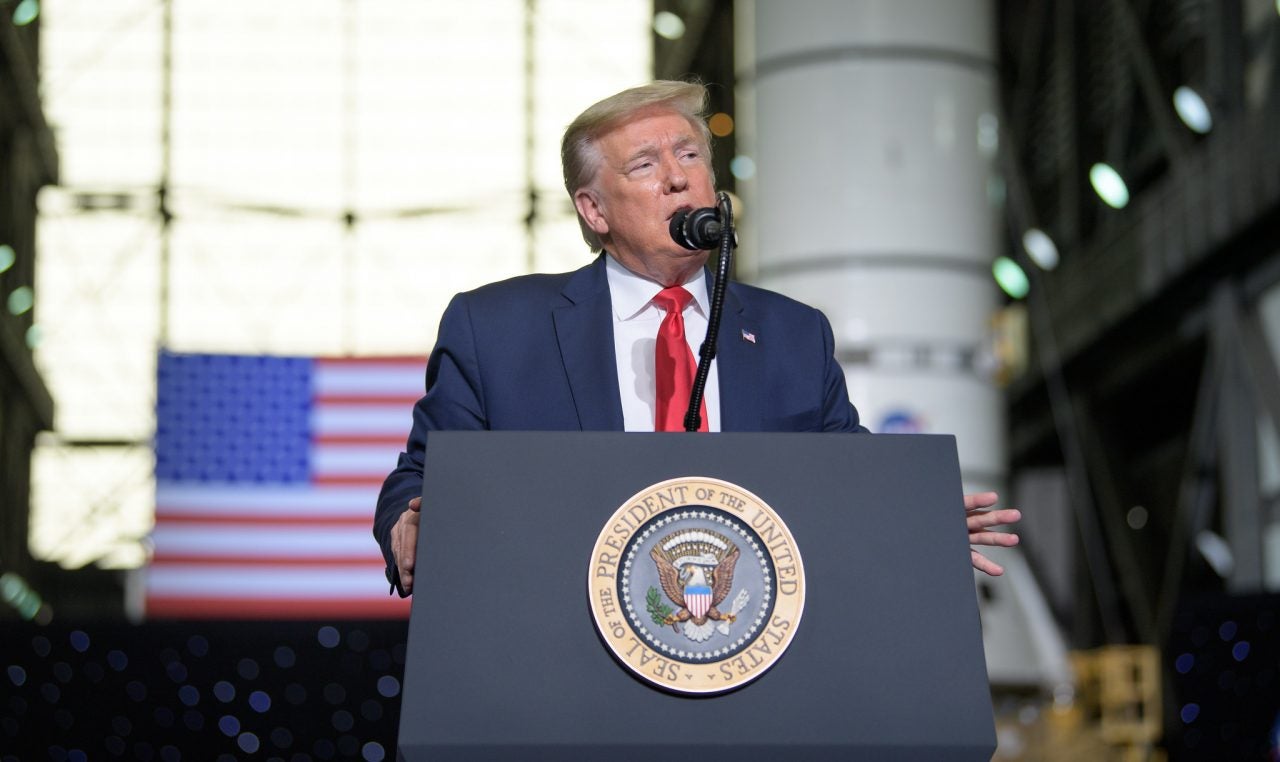
During his 2016 campaign, Donald Trump announced large investments in the field of infrastructure and transportation, going as far as proposing to spend $500bn on the sector – a sum that was twice as much as that proposed by his presidential opponent Hillary Clinton.
However, as reported by the BBC, not all his electoral promises were kept. With plans falling through or getting halted because of political tensions, President Trump’s railway policy was often criticised for lacking clarity and has been described as ambivalent.
To better understand what happened during the last four years – and what could happen in the next four in case of a second term – here are some key moments highlighting the Trump administration’s approach to the railway sector.
March 2017: Trump slashes DOT’s federal budget
In March 2017, the Trump administration released the budget highlights for the upcoming fiscal year, cutting funding to the Department of Transportation (DOT) down to $16.3bn, which was 13% less compared to previous years.
The administration also decided to cut funding to Amtrak’s Long Distance Routes, 15 overnight routes including the Chicago to Portland and the Seattle to Los Angeles route.
The reason, according to the budget highlights, lies in the inefficiency and expensive costs of the service. “Long Distance Routes suffer from poor on-time performance, account only for 4.6 million of Amtrak’s annual passengers, and incur annual operating losses of nearly $500m,” read the document. “This approach will allow Amtrak to focus its resources on better managing its successful corridor services.”
How well do you really know your competitors?
Access the most comprehensive Company Profiles on the market, powered by GlobalData. Save hours of research. Gain competitive edge.

Thank you!
Your download email will arrive shortly
Not ready to buy yet? Download a free sample
We are confident about the unique quality of our Company Profiles. However, we want you to make the most beneficial decision for your business, so we offer a free sample that you can download by submitting the below form
By GlobalDataMarch 2018: Trump pushes Republicans to oppose Hudson Rail Tunnel funding
President Trump pressured Republican congressmen to oppose funding for a $30bn Hudson Rail Tunnel, sources stated.
As reported by the Washington Post on 2 March, Trump persuaded former House Speaker Paul Ryan to avoid giving support to the $30bn project, which would connect the states of New York and New Jersey through a tunnel underneath the Hudson River.
Trump’s opposition to the project, said the paper, stemmed partly from the president’s longstanding stand-off with the Democratic New York senator Chuck Schumer, who had blocked parts of the president’s agenda.
After two years of political deadlock between the president and the Democratic governors of New York and New Jersey, the tunnel recently made the headlines when supporters of the national railways’ operator Amtrak hoped for Trump’s opponent Joe Biden’s victory to carry to term the project.
The railways have been a key point in Biden’s electoral campaign, as he vowed in his presidential agenda to spark “the second great railroad revolution”.
December 2018: the Cotton Belt Corridor receives a $908m push
On 21 December, US Transportation Elaine Chao announced a $908m investment in the Cotton Belt Corridor regional project, a 26-mile railway extension from Dallas-Forth Worth International Airport to the eastern area of Plano/Richardson.
Delivered by the Texan transit agency Dallas Area Rapid Transit, the project includes the upgrade of existing track to meet new and increased passenger requirements, as well as the conversion of single track into double track and the construction of ten new stations.
The Cotton Belt Corridor aims to improve mobility and accessibility in the northern part of Dallas, which has long suffered from heavy congestion.
“This financing demonstrates the department’s commitment to serving as a trustworthy partner to regional and local agencies, which are at the forefront of developing infrastructure solutions to meet the needs of their communities,” commented Chao.
May 2019: California sues US DOT for pulling high-speed rail funding
The state of California decided on 21 May to sue the DOT, after the government decided to revoke its $929m in funding from the California High-Speed Rail Authority (CHSRA), which is in charge of developing a high-speed train connecting San Francisco to Los Angeles.
As part of the lawsuit, the state of California and the California High-Speed Rail Authority said that the federal government’s decision “was precipitated by President Trump’s overt hostility to California, its challenge to his border wall initiatives, and what he called the ‘green disaster’ high-speed rail project”.
As reported by legal news website jurist.org, the complainants argued that the Federal Railroad Administration (FRA), the DOT division in charge of railways, abruptly stopped cooperating with them in 2018, having invested in the project since 2010. The US Government’s decision to terminate the project was reported to California in February 2019.
On 16 May, the FRA published a statement regarding the agreement’s termination, citing the state’s lack of progress as the main reason. “FRA finds that CHSRA has repeatedly failed to comply with the terms of the FY10 Agreement and has failed to make reasonable progress on the project,” read the statement.
“Additionally, California has abandoned its original vision of a high-speed passenger rail service connecting San Francisco and Los Angeles, which was essential to its applications for FRA grant funding.”
May 2020: railway projects in Arizona, Indiana and Oregon receive $300m funding
Rail projects in Arizona, Indiana and Oregon were announced by President Trump on 28 September via a series of tweets.
The projects include a $100m 5.5-mile light rail system with nine stations to run across the Phoenix area, which will connect “underserved areas to churches, emergency services and more”, according to Trump. The project – called the Valley Metro Rail – is estimated to cost around $1.3bn and is set to open in 2024.
The same investment was given to the Northern Indian Commuter Transportation District for its West Lake Corridor Project, a southern branch extension of the South Shore Line railway.
The project’s aim is to build an 8-mile spur between the towns of Hammond and Dyer.
“We’ve been very confident about the progress of the West Lake project, but to get recognition from the [Federal Transportation Administration] and the White House — that’s incredibly strong support,” South Shore Line president Michael Noland told the Time of Northwest Indiana at the time.
Lastly, in May Portland public transport operator TriMet received $99.99m from the central government to extend the Red Line light rail, which connects the Portland city centre to the city of Beaverton, 12 miles west.
September 2020: Trump approves the Alaska-Alberta line
Based on the strong recommendation of @SenDanSullivan and @repdonyoung of the Great State of Alaska, it is my honor to inform you that I will be issuing a Presidential Permit for the A2A Cross-Border Rail between Alaska & Canada. Congratulations to the people of Alaska & Canada!
— Donald J. Trump (@realDonaldTrump) September 26, 2020
“It is my honour to inform you that I will be issuing a Presidential Permit for the A2A Cross-Border Rail between Alaska & Canada. Congratulations to the people of Alaska & Canada!”
With these words, President Trump announced via Twitter that he had signed the Presidential Border Crossing Permit for the Alaska-Alberta rail corridor on 26 September.
The project, which is being developed by the Alberta Railway Corporation (A2A Rail), consists of 2,750km of rail track from the Alaskan city of Anchorage to Northern Alberta. Costing around $17bn, the line is expected to be completed by 2025 and become fully operational in 2026, transporting freight (mainly bulk commodities) as well as passengers.
Considered a missing link between Alaska and the North American railway system, the project aims to facilitate the region’s economic development.
Trump’s decision was well received by the companies involved. “The issuance of a presidential permit is a significant milestone that will greatly assist with our continued efforts to build the A2A railway,” commented A2A founder Sean McCoshen.
“This is a world-class infrastructure project that will generate thousands of jobs for American and Canadian workers; provide a new, more efficient route for trans-Pacific shipping; and link Alaska to North American transportation networks.”
Even though the project has received the US president’s approval, it will still need to go through a review process to receive the necessary licenses and permits.



